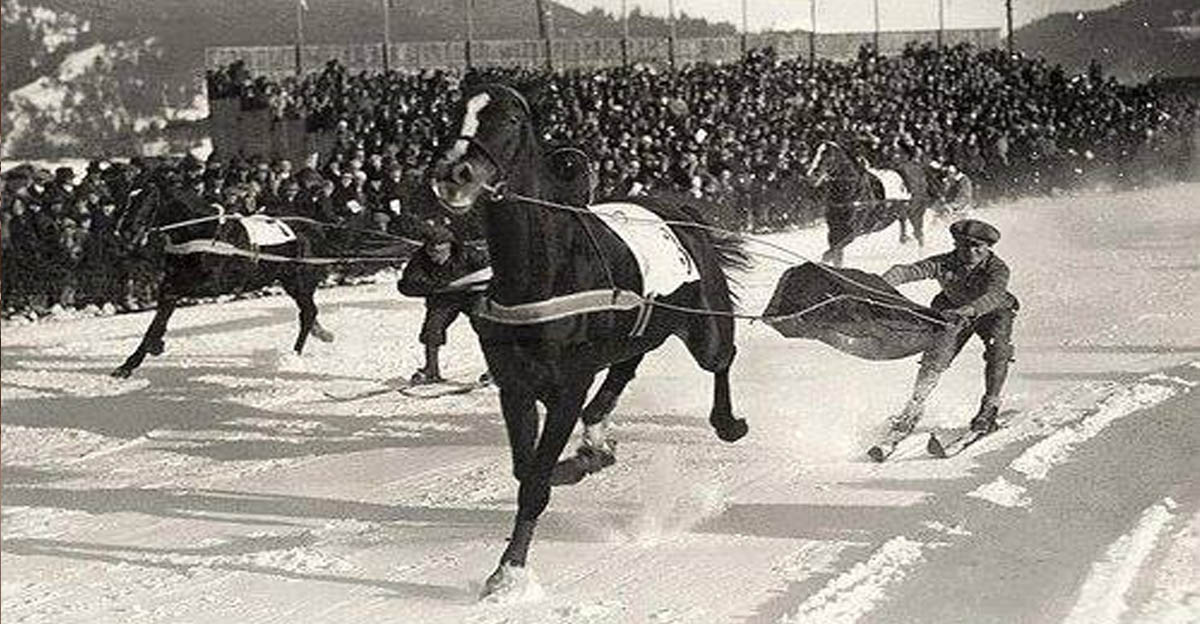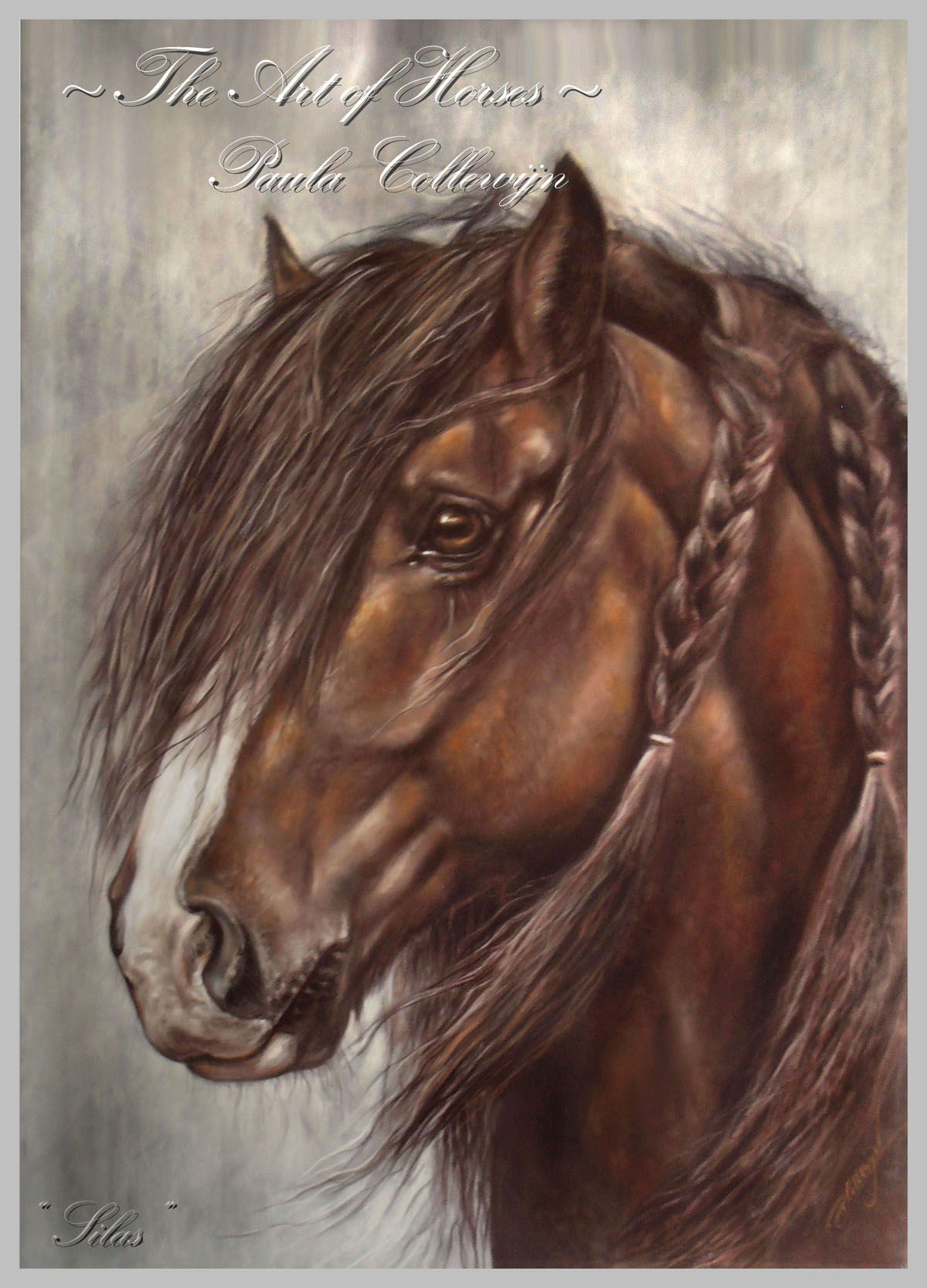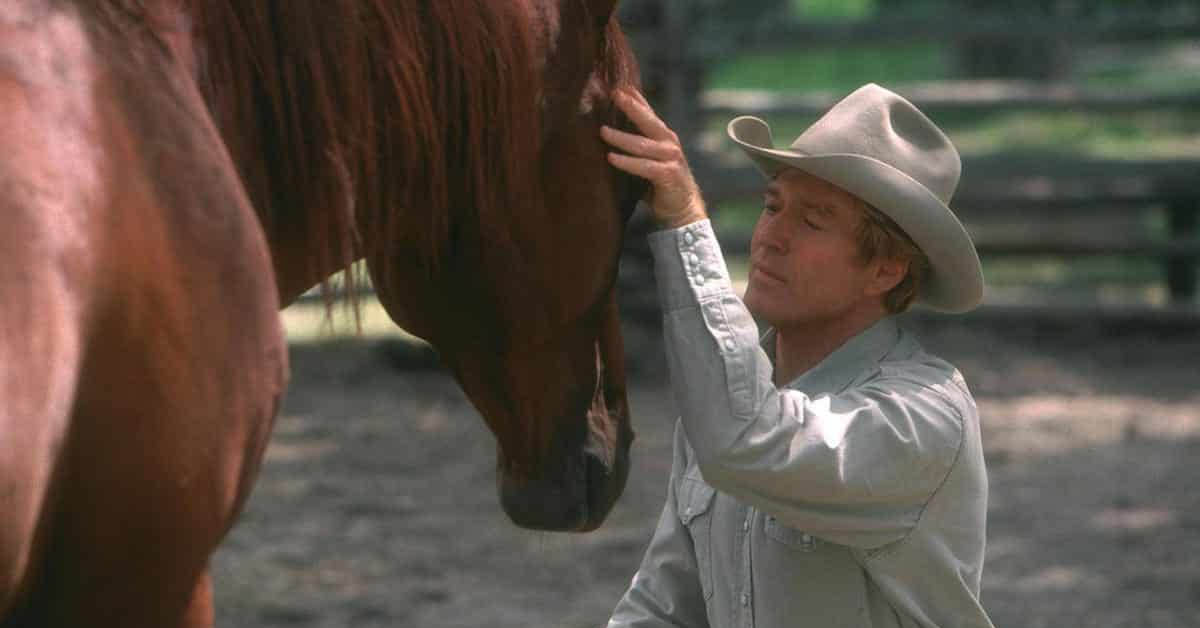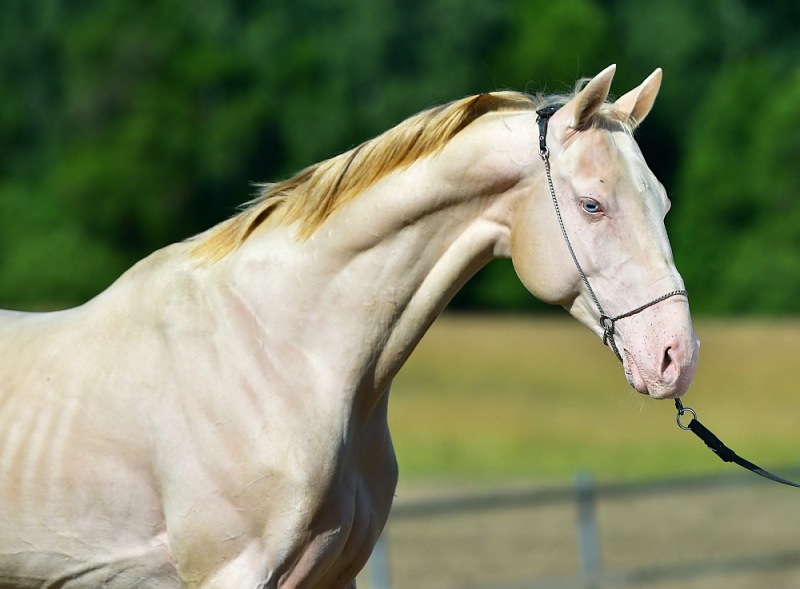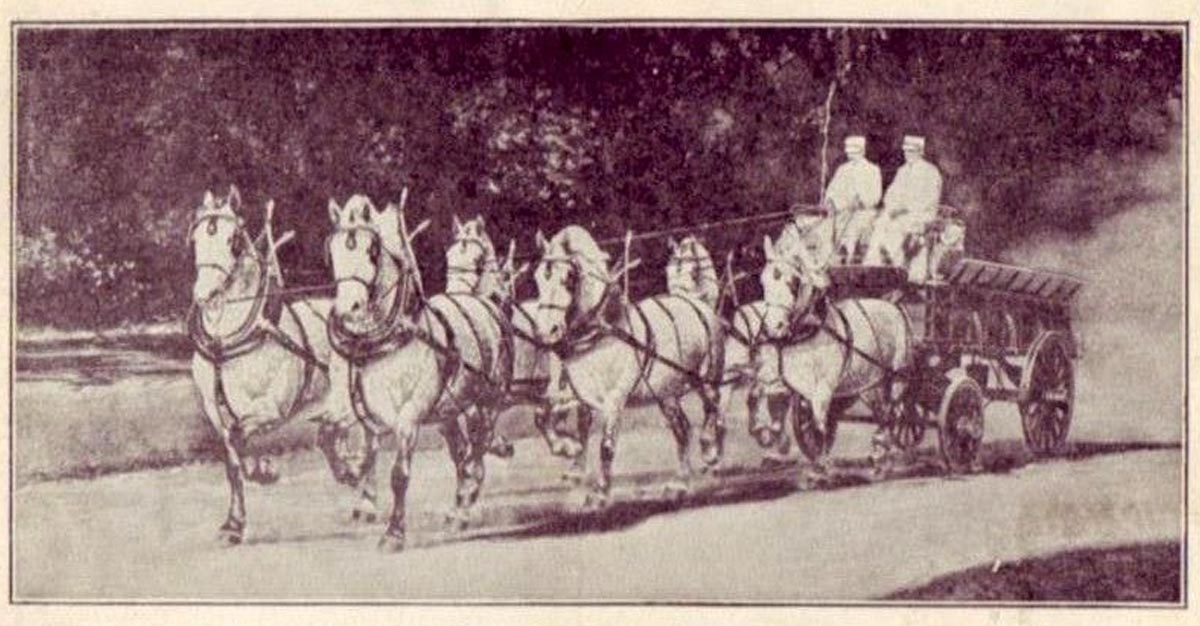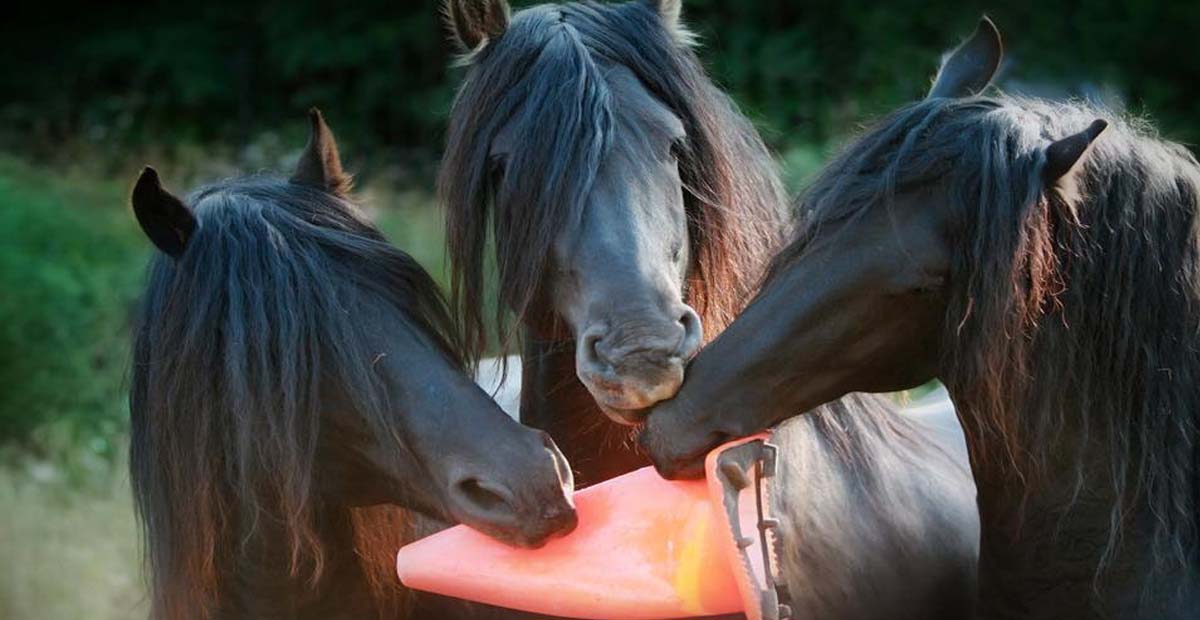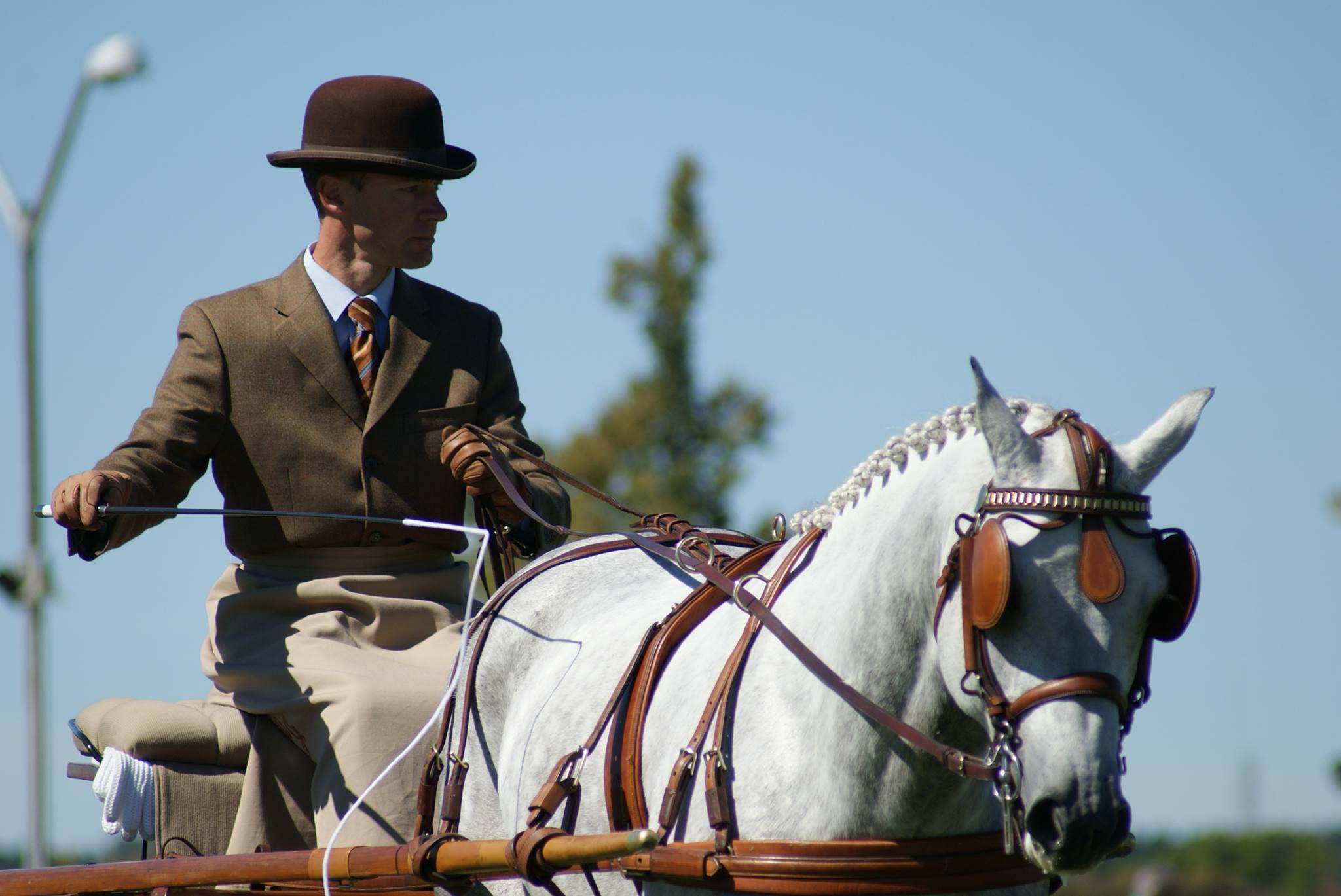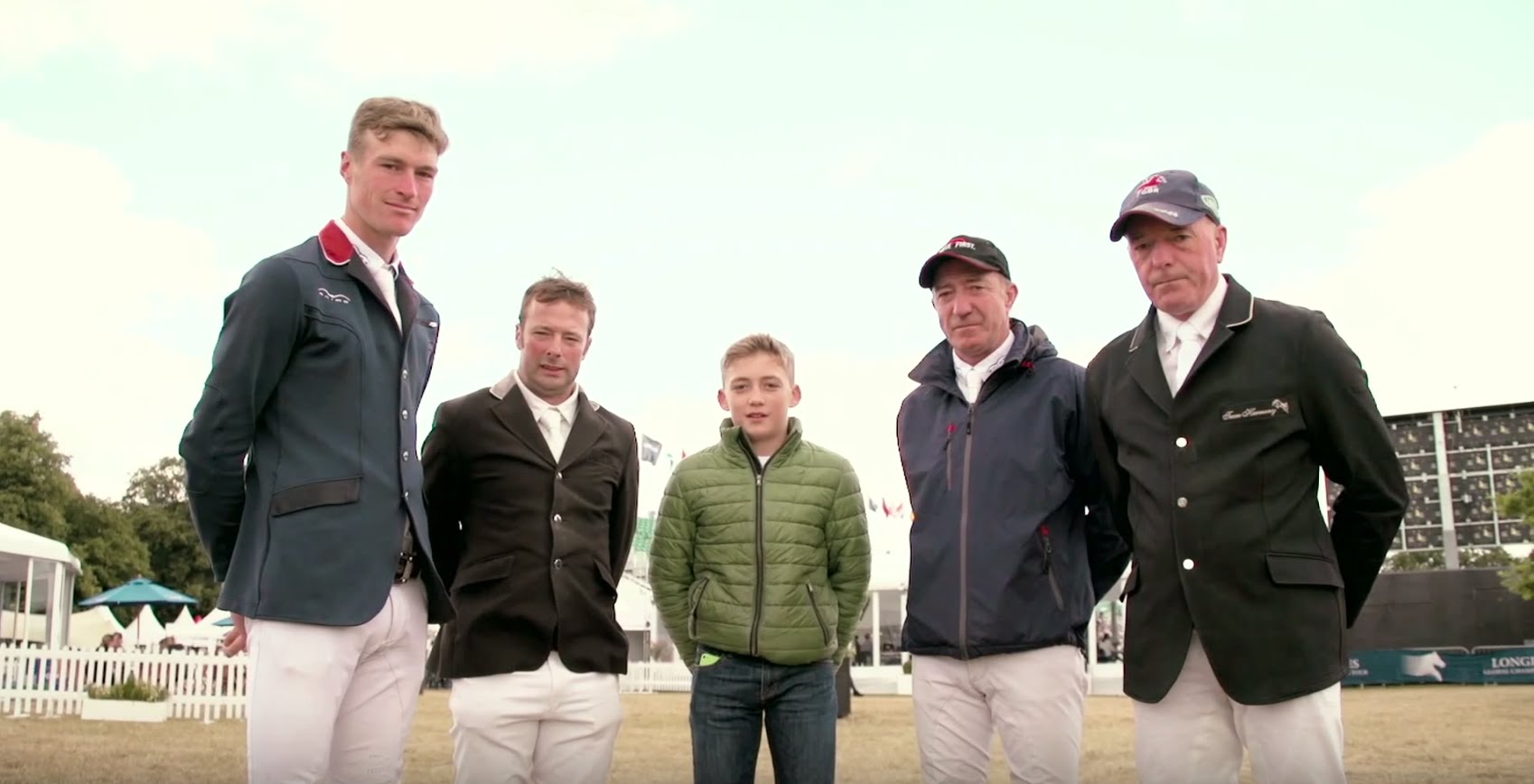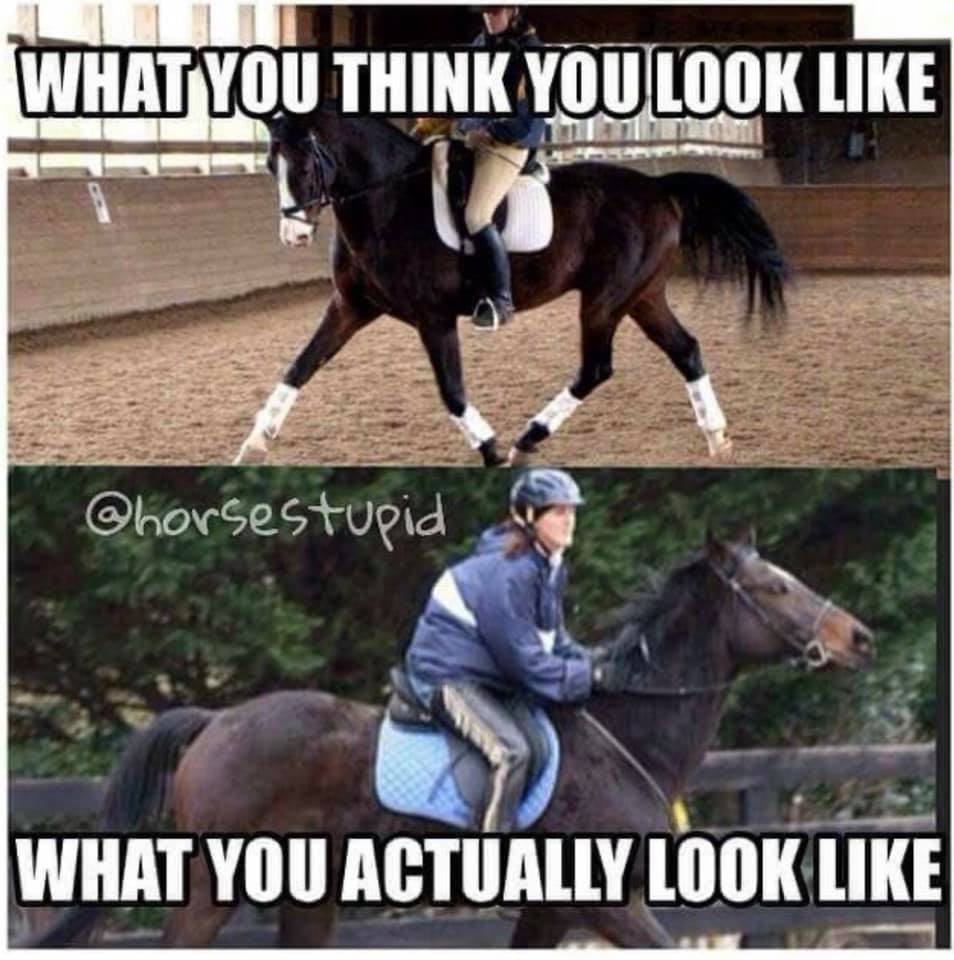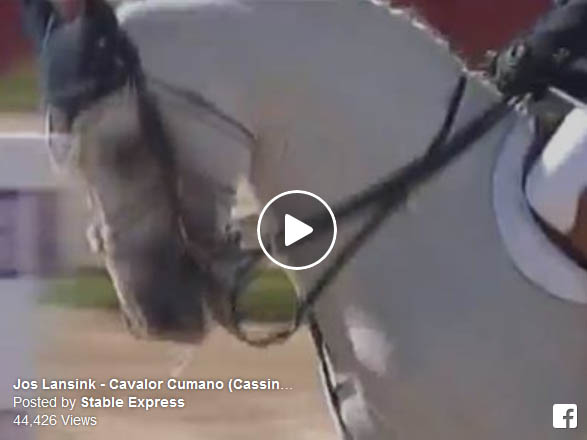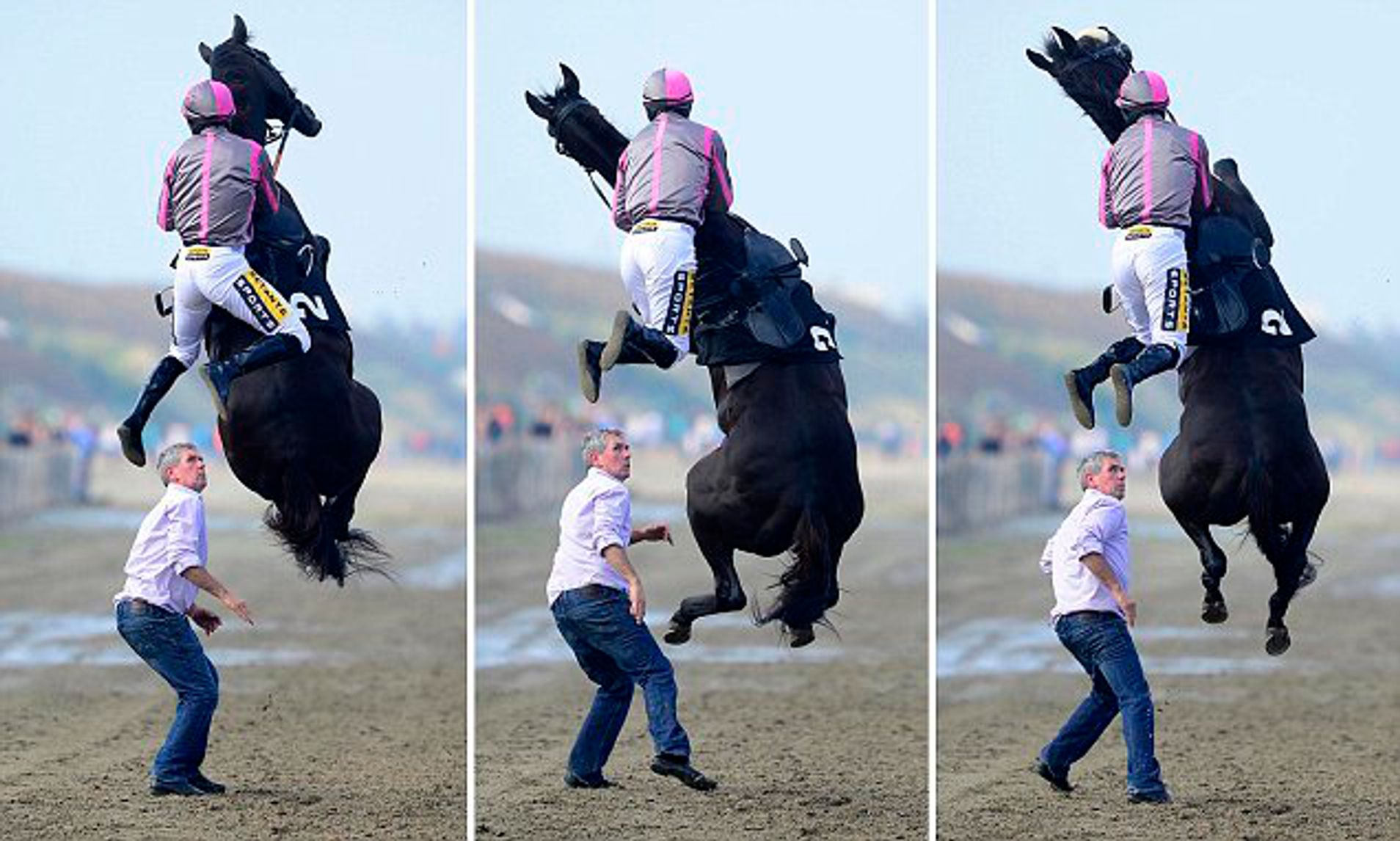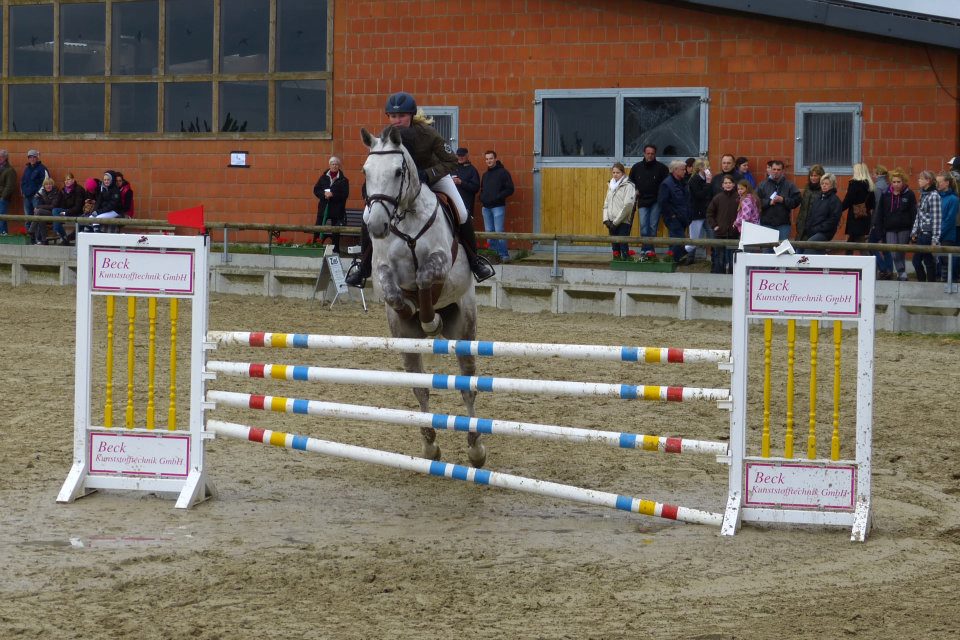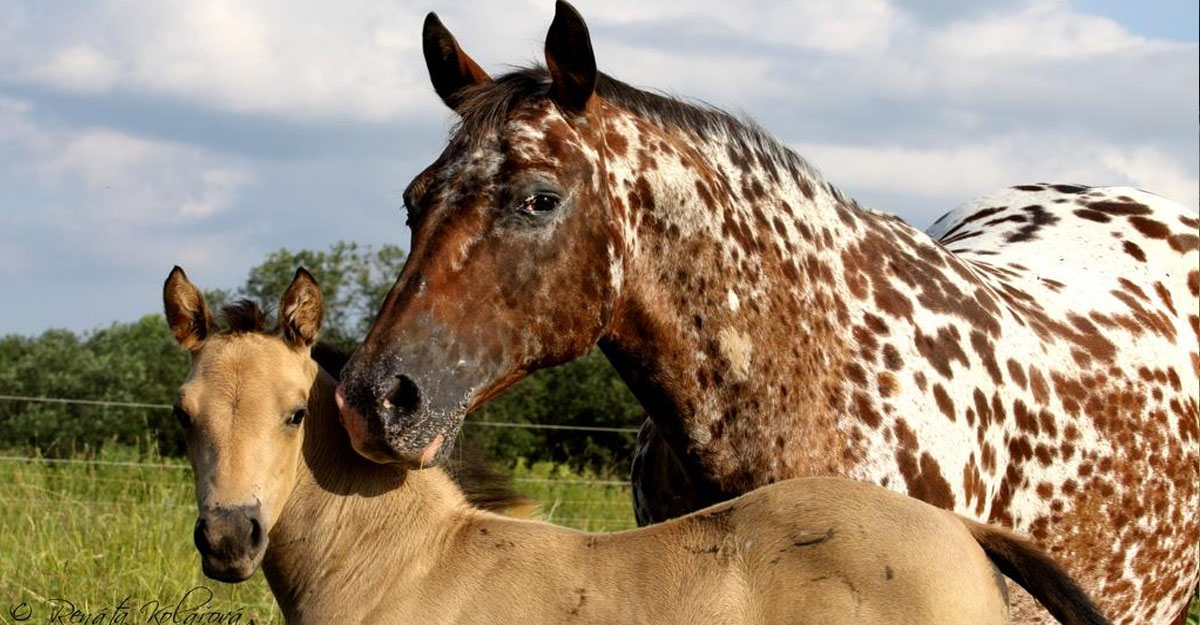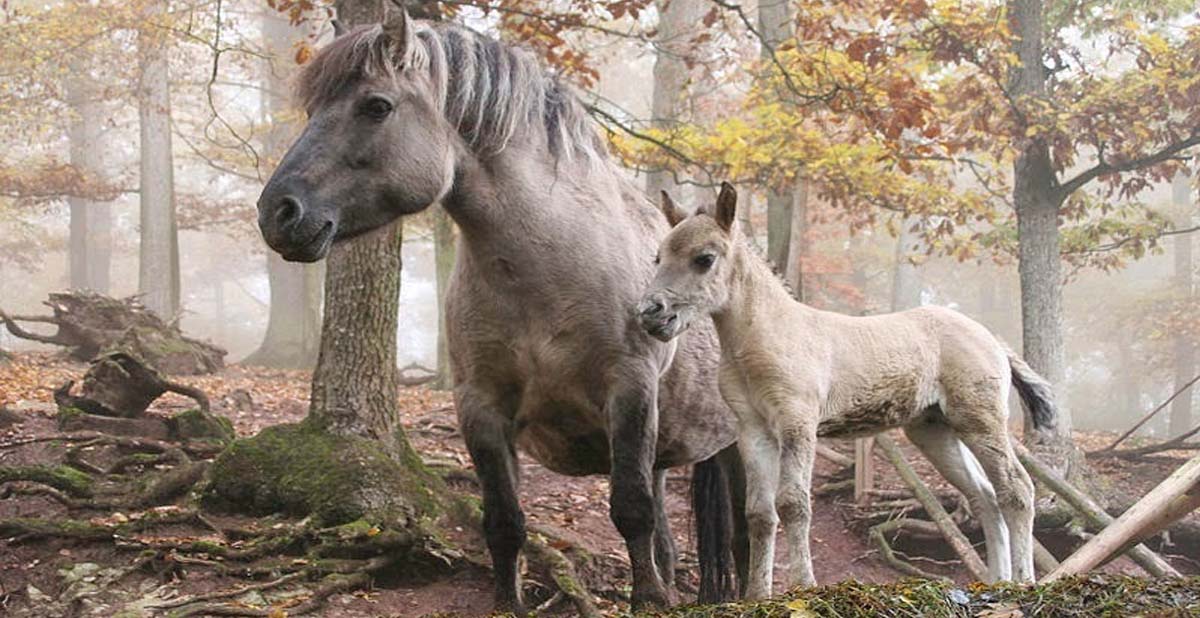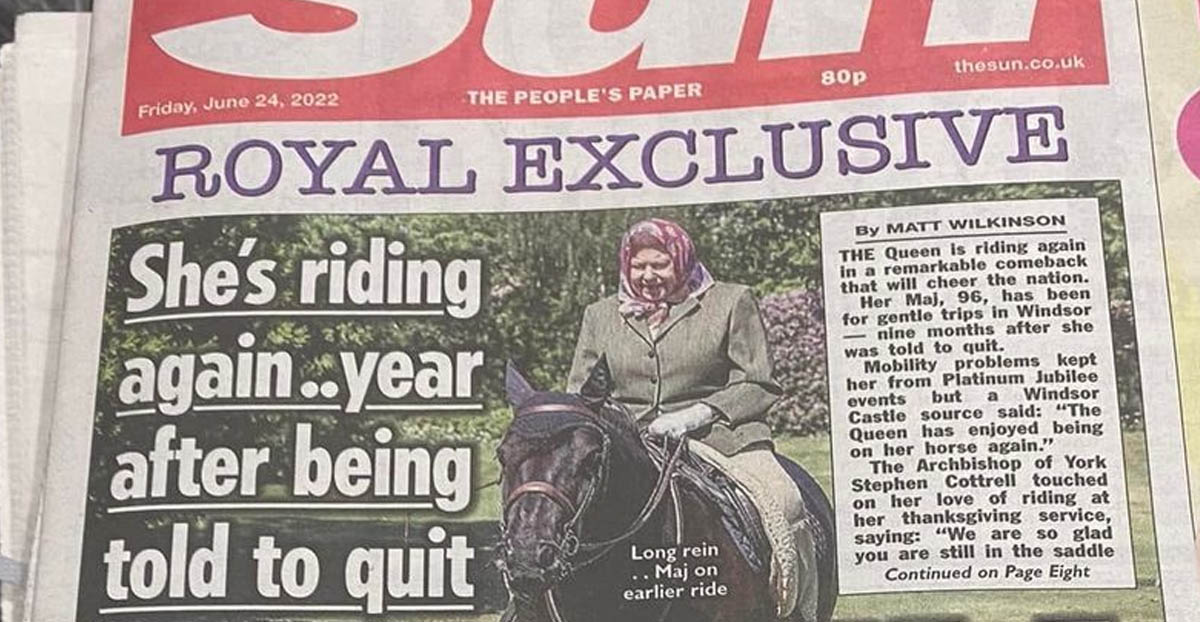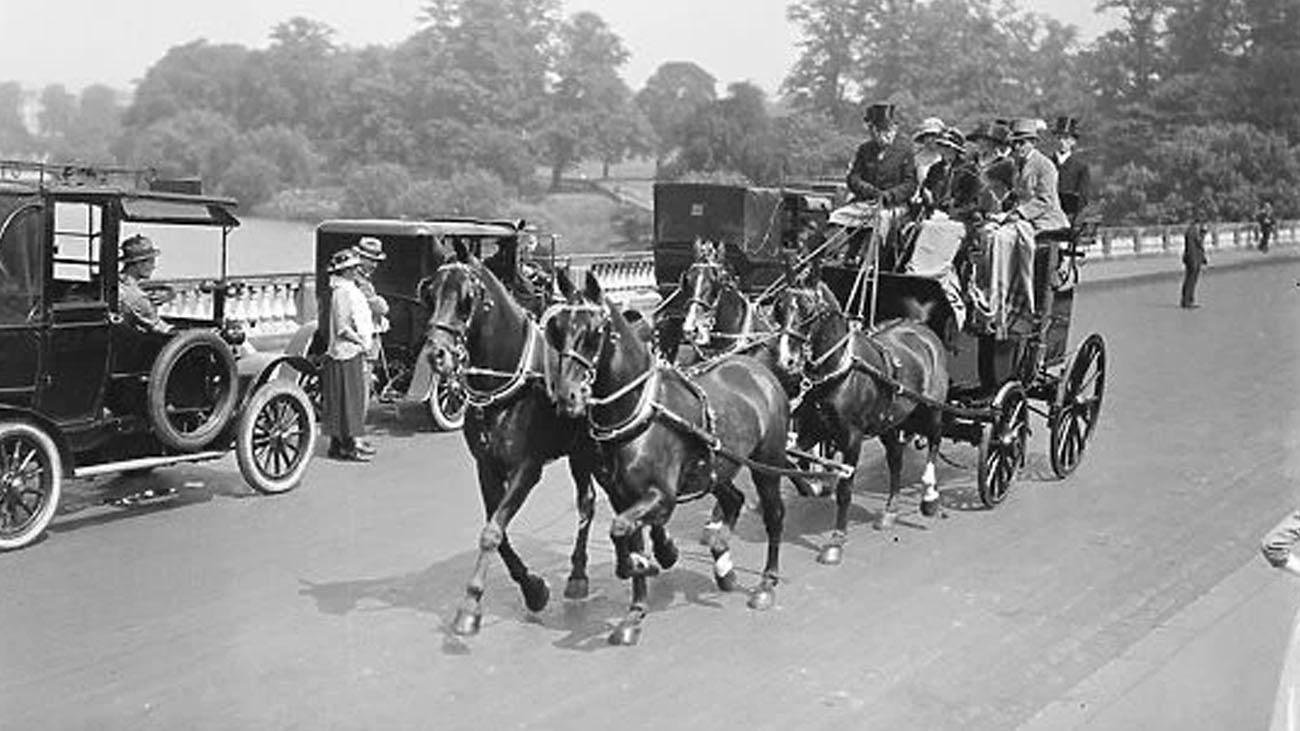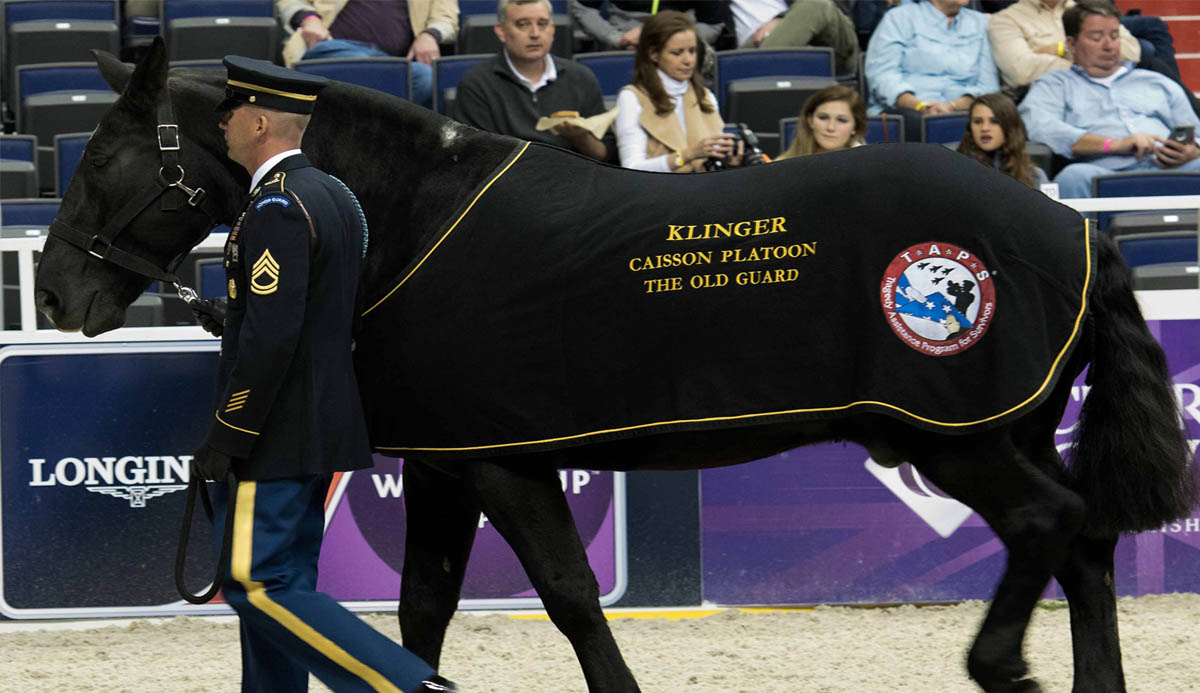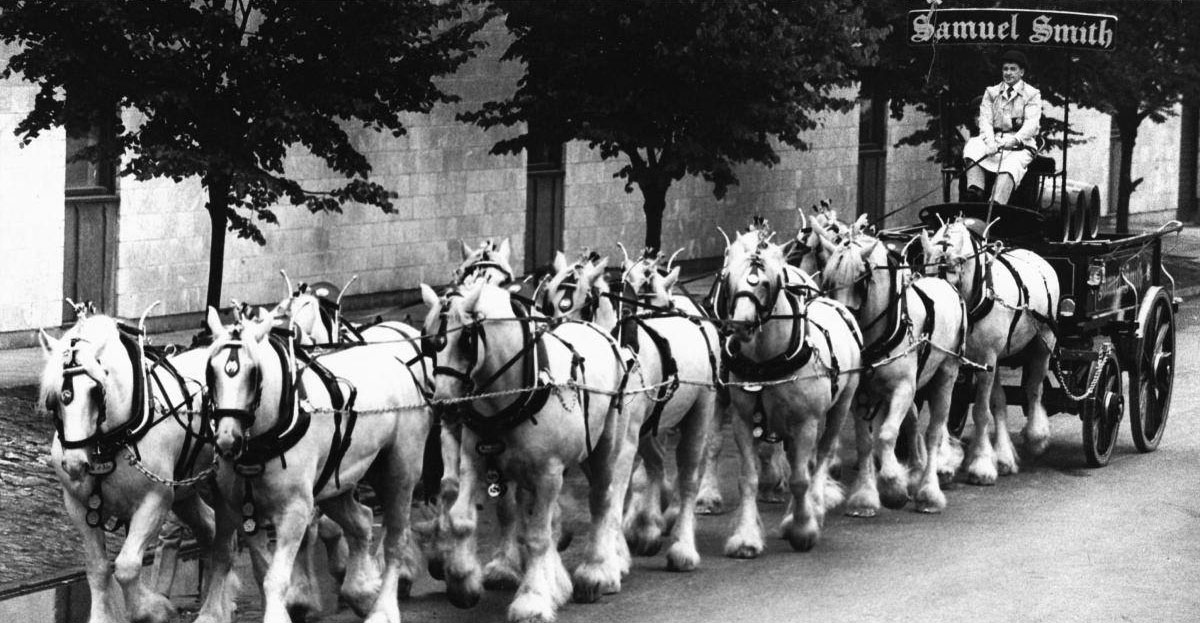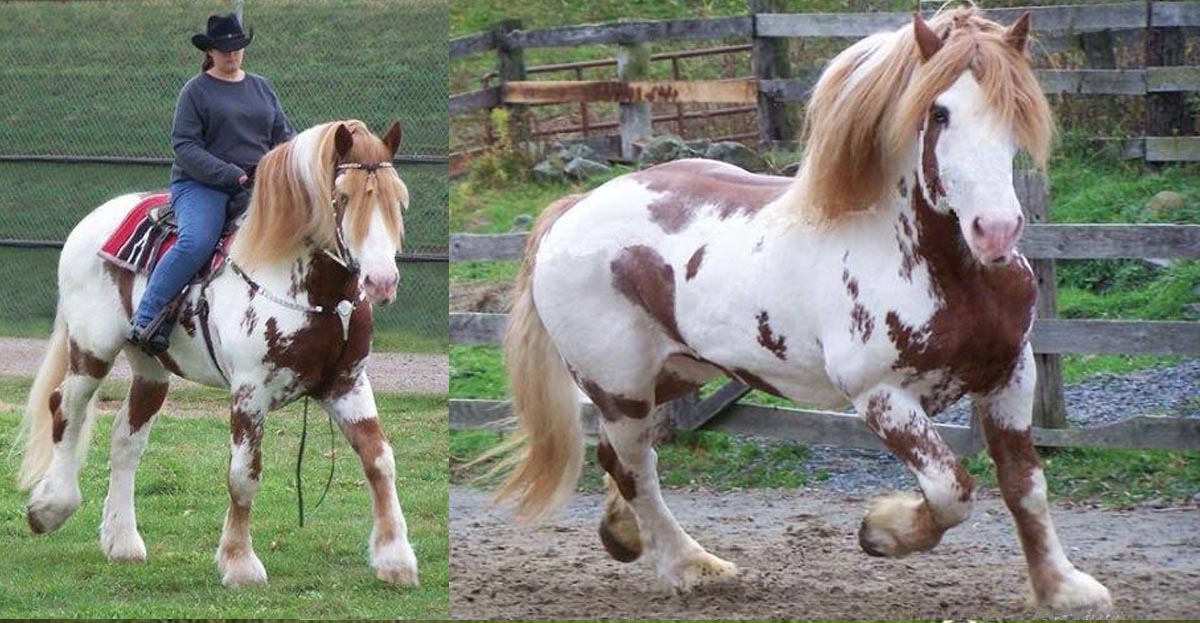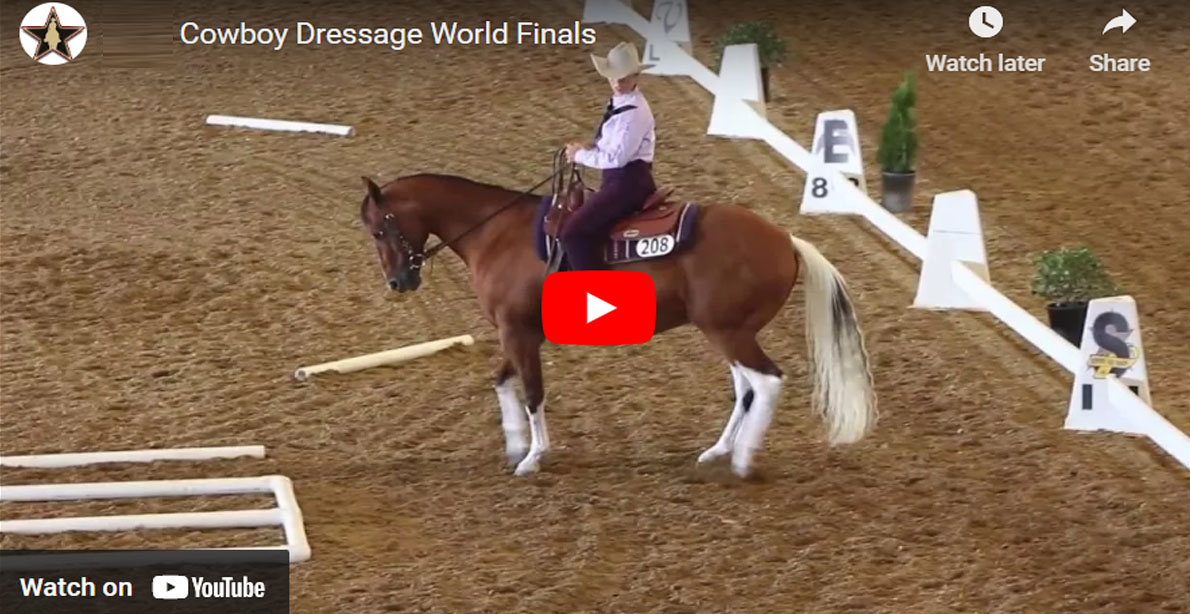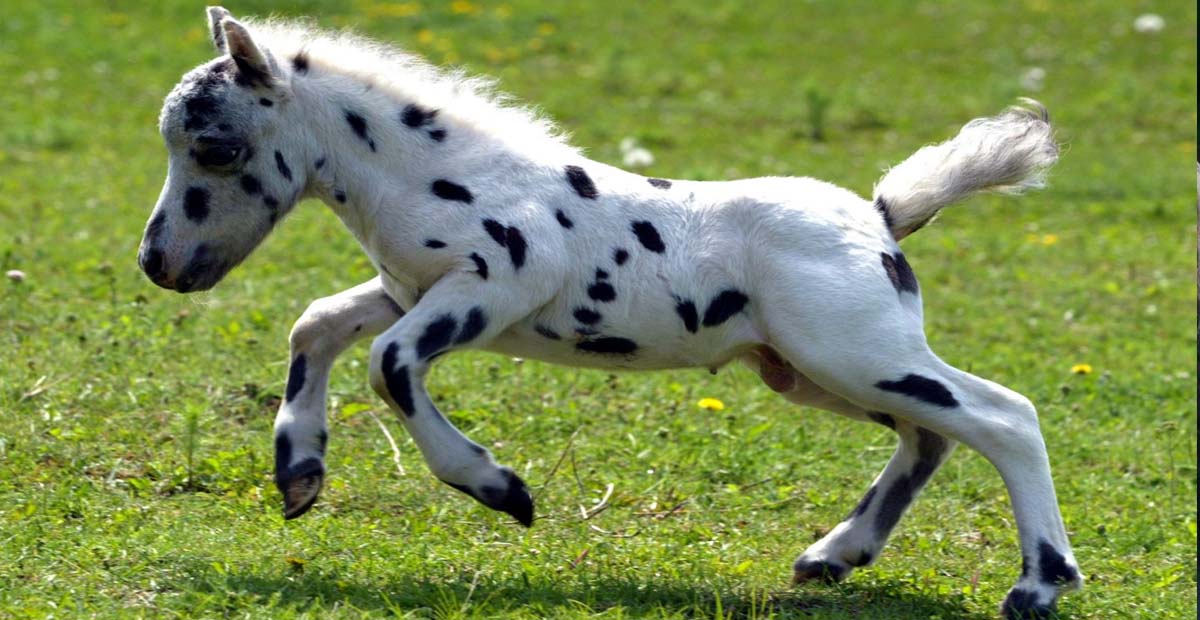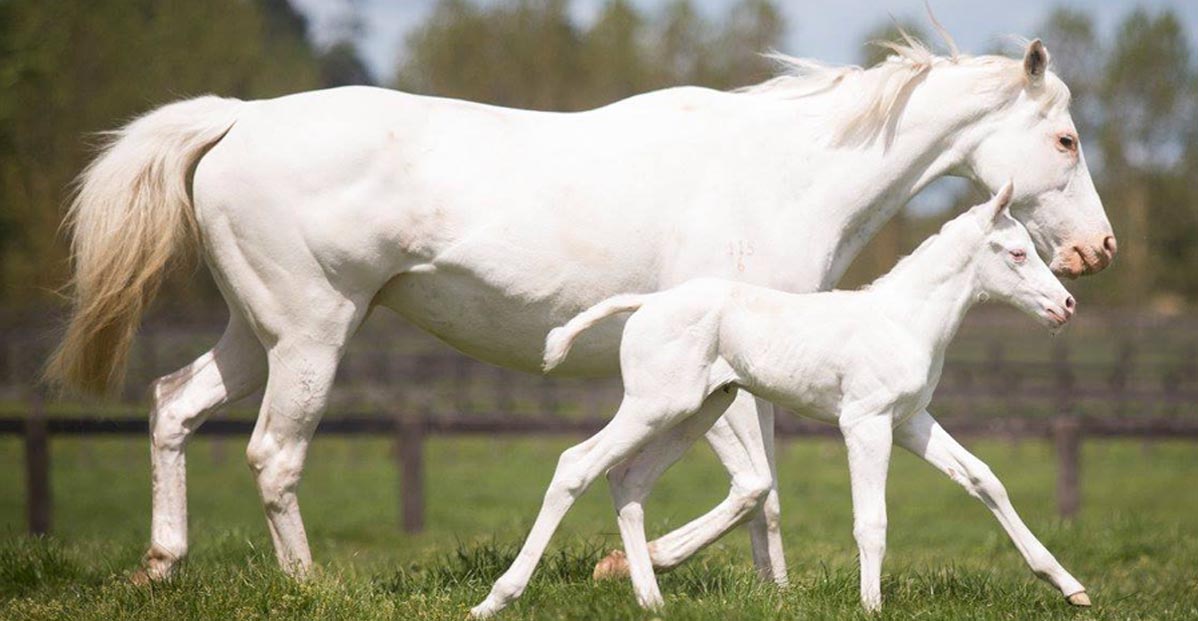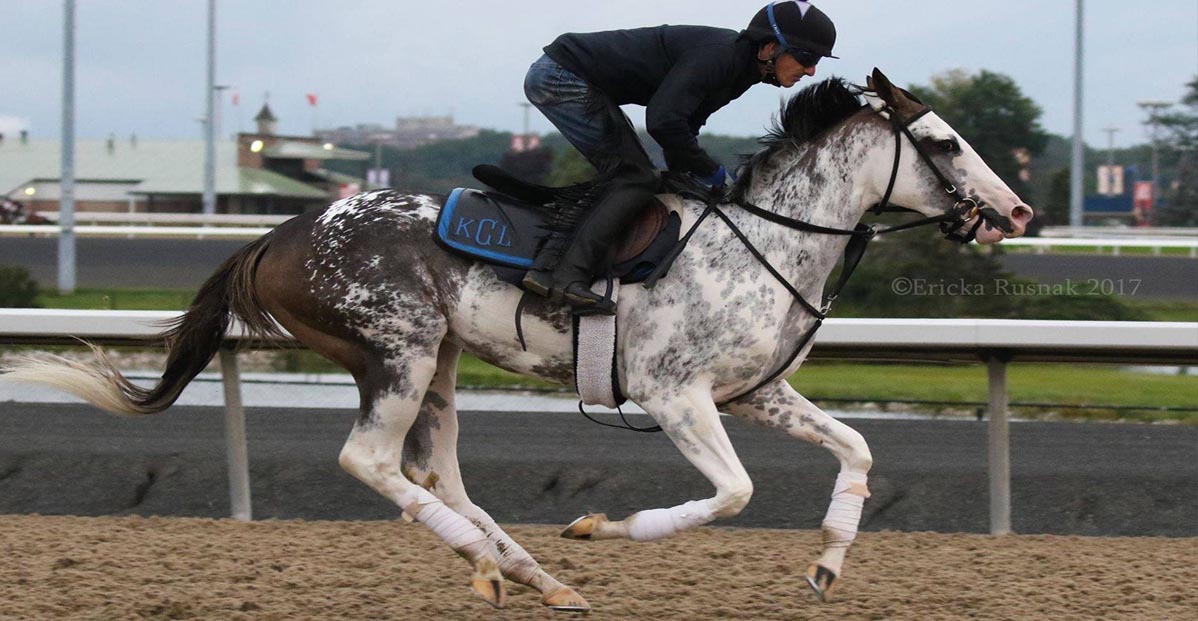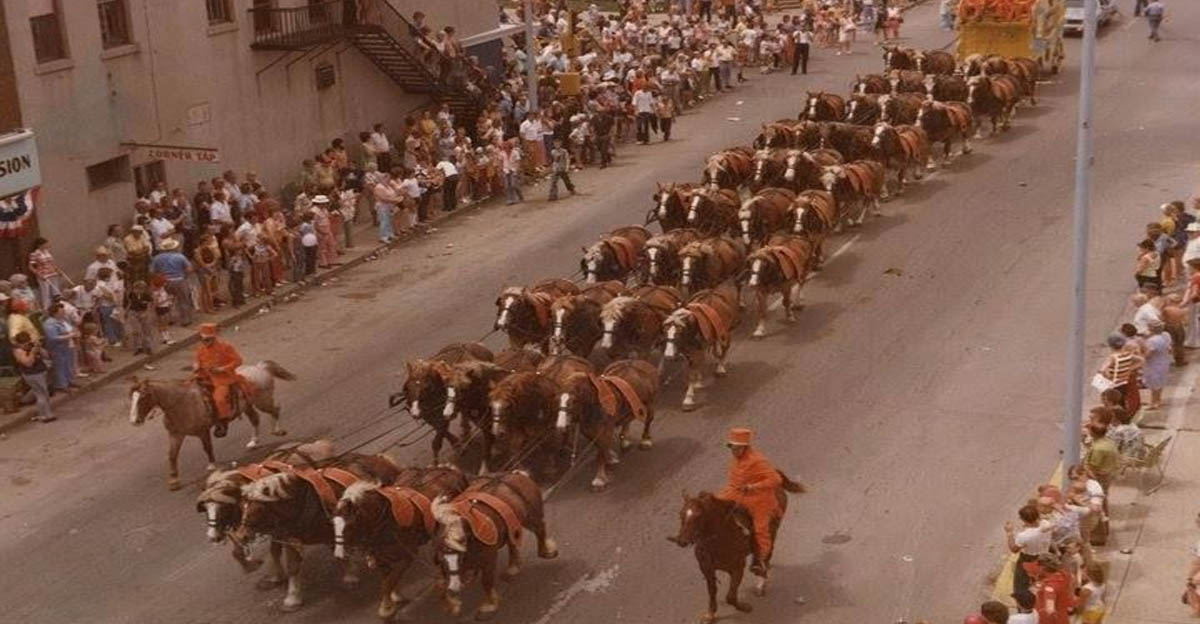Martin Clunes
Celebrity horse lover Martin Clunes is well known for his many appearances on the TV with roles of Gary from Men Behaving Badly and Doc Martin from the show with the same name. Martin Clunes has a passion for all things equine and lives on a farm with a number of heavy horses in Beaminster, Dorset. In 2011 he became president of the British Horse Society and has also been involved with the RSPCA. In 2010 Martin Clunes took part in the ITV mini-series Horsepower, a documentary on horses and men over the centuries.
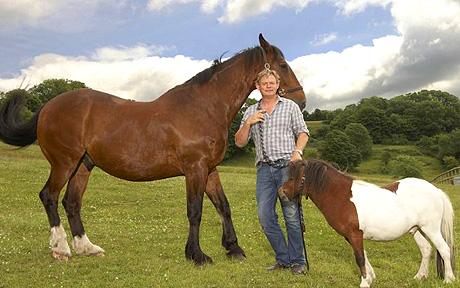 Martin is a keen equestrian enthusiast keeping horses of his own and in 2010 was announced as president of the Royal International Horse Show held annually at the All England Jumping Course, Hickstead. In 2001 Martin Clunes became president of the British Horse Society
Martin is a keen equestrian enthusiast keeping horses of his own and in 2010 was announced as president of the Royal International Horse Show held annually at the All England Jumping Course, Hickstead. In 2001 Martin Clunes became president of the British Horse Society
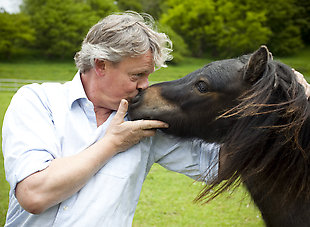
In 2010 Martin Clunes did a documentary show called horsepower where he explored how the horse is used in the different parts of the world past and present, from the ponies on the Mongolian steps to the Arabian horses of the desert, through to the royal horses of Buckingham Palace.
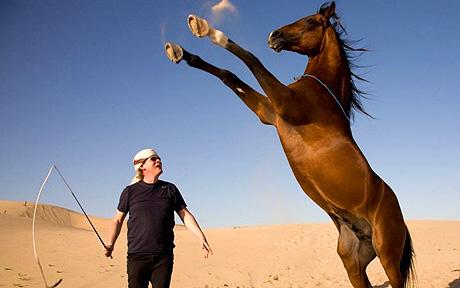
Today, the horse is still so much a part of our world, in so many ways. On this journey, Martin unravels the true story of how man and horse first got together, what the horse has done for us through the ages, and what the horse still means to us today.
Martin was drawn into the world of horses by his wife and daughter, and confesses he is a terrible rider. But he says the more he is around horses, the deeper his fascination for them is.
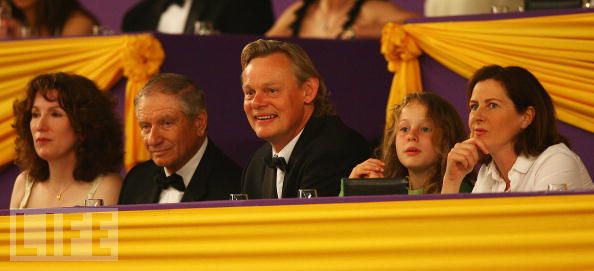 Martin Clunes at HOYS
Programme one: The Animal -The first programme in the two part series explores why the horse evolved to be the way it is, and why it was possible to connect with it and turn it to our advantage.
Martin Clunes at HOYS
Programme one: The Animal -The first programme in the two part series explores why the horse evolved to be the way it is, and why it was possible to connect with it and turn it to our advantage.
On this journey, Martin wants to find out how this animal became so important to us. How did we manage to tame such a huge, nervous prey animal and make it both our servant and our friend?
At home on his farm in Dorset Martin rides his own horse Chester and introduces his equine family: his wife`s horse Bea, his daughter’s pony Saracen and their miniature Shetland ponies Hamish, Hector, Jake and Jemima.
To find out what makes horses tick Martin flies to Dubai, to the grand opening of the £1.7 billion Meydan racecourse, designed to attract the world`s biggest names in horse racing. He meets champion jockey Frankie Dettori and top trainer Luca Cumani, for a fascinating insight into horse psychology. He learns how we`ve harnessed their ancient fear instincts.
Martin heads further east to the heart of Mongolia, to discover the wild evolutionary roots of the horse. He tracks down the only remaining horse breed that has never been tamed by man: the Przewalski horse, known in Mongolia as the Takhi. The Takhi is now an endangered species with only 250 left in the world.
From a helicopter Martin sees the Takhi in their natural habitat: the open grassland steppes. The horse’s ancestors were once tiny 3-toed forest dwellers, but as the planet’s grasslands flourished, the horse evolved to thrive off this landscape, and grew large so it could outrun predators.
With the help of Usko Dorj, chief biologist and conservationist at the spectacular Khustai National Park, Martin goes on foot for an intimate view of the prehistoric-looking Takhi.
On the walls of the Niaux Cave, hidden high in the Pyrenees mountains, Martin finds an extraordinary 14,000 year old record of how our relationship with horses began: long before we learnt to ride them, we ate them.
But how did the horse change from food to friend? Martin meets the famous horse whisperer Monty Roberts to learn how to improve his relationship with his own horse Chester, and understand how that mysterious bond allowed us to communicate with horses in the first place.
On a windswept beach in the south of France, Martin meets the extraordinary horse trainer, Jean Francois Pignon, who has taken that communication to the ultimate extreme. This man has a powerful gift of talking to horses. Without any saddle, bridle or tack of any sort he shows Martin the impressive range of stunts they will perform for him, and talks about how and why he is able to get horses to do this.
Martin also learns how the horse’s biology made it uniquely useful to us. Glasgow’s Weipers Centre for Equine Welfare is the biggest, most hi-tech horse hospital in Europe. As Martin attends a delicate operation on a seven month old foal with a leg fracture, he learns why this powerful, athletic animal is designed the way it is. After the operation Martin witnesses the poignant moment when the foal, encouraged by the sound of its mother, gets up for the first time on shaky little legs.
Yet the horse`s natural biology just wasn`t enough for us, and over centuries we’ve bred a huge range of shapes and sizes, from pit pony to draft horse. In the desert sands of the Gulf, Martin meets the Bedouin, who developed one of the world’s most ancient horse breeds: the Arabian. Martin rides through the desert, then learns how Arabian horses were originally bred for war. The Bedouin wanted a steed that was light and fast to be effective in battle skirmishes. The animal they created became so prized, Arabian blood can be found in most of the fastest racing breeds that exist today.
Martin also discovers that horses can help humans because of their unique communication skills. They are said to be so sensitive they are like a mirror to the human soul. He flies to Arizona to visit a rehab clinic where they are using equine assisted therapy on patients being treated for a range of problems from alcoholism to anorexia.
Martin agrees to try the therapy with a horse called Divo, who begins the session by displaying complete indifference to Martin, but ends by bonding with him. Martin chokes back tears as he admits the session was really therapeutic and that Divo has taught him a lesson about seeking approval.
Finally Martin joins Laura Lee, Nevada resident and lover of the wild American mustang. In a helicopter they fly over the high desert in midwinter, to catch a glimpse of the mustang herds running free in their natural habitat. This is the way all horses once lived, and although most horses today have thrown in their lot with us, this is one of the few places in the world where they live without our influence. Yet as Martin learns, the mustang`s freedom is threatened by man and its days may be numbered.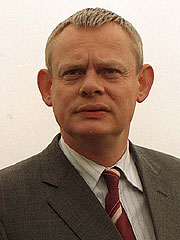
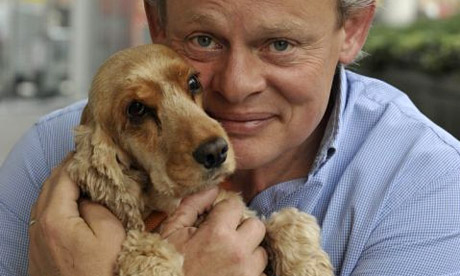
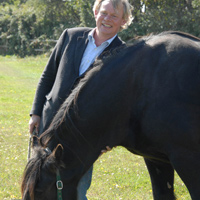
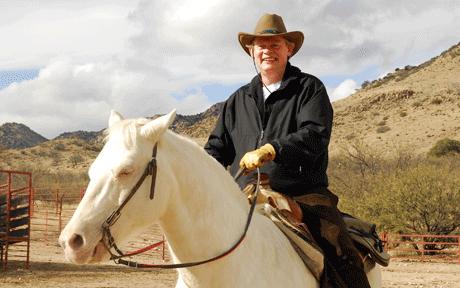
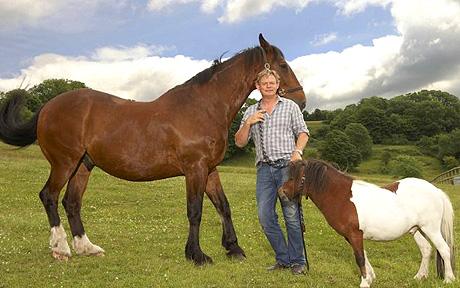
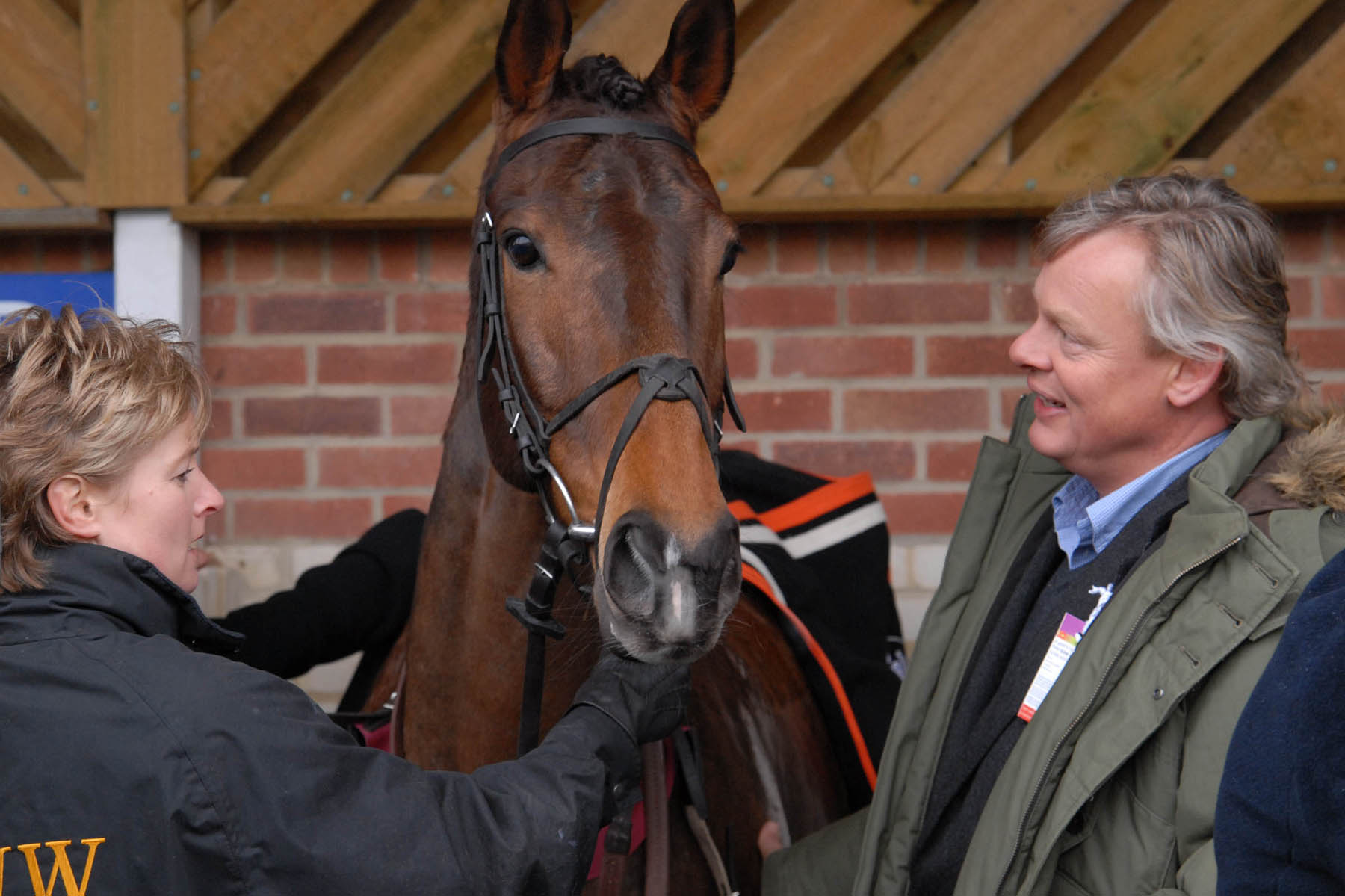
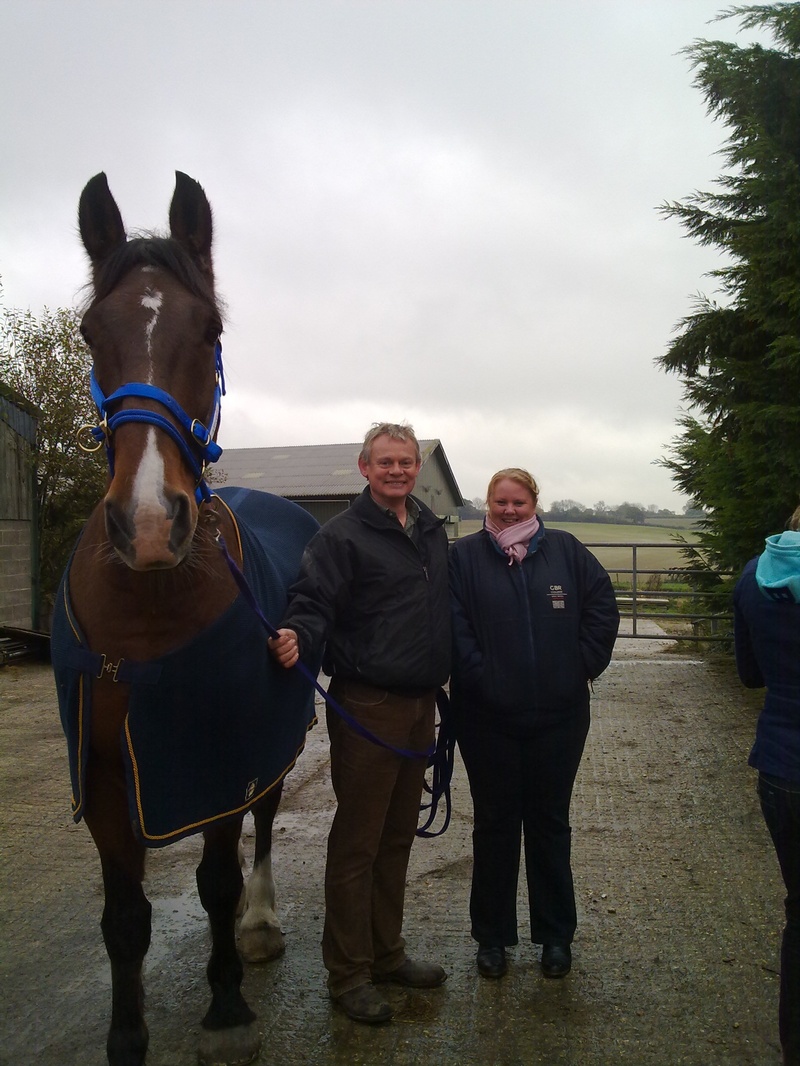
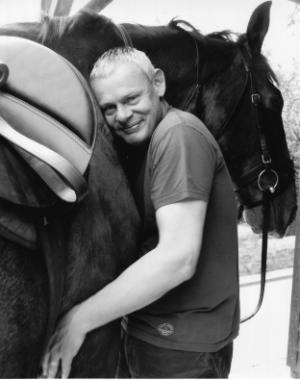

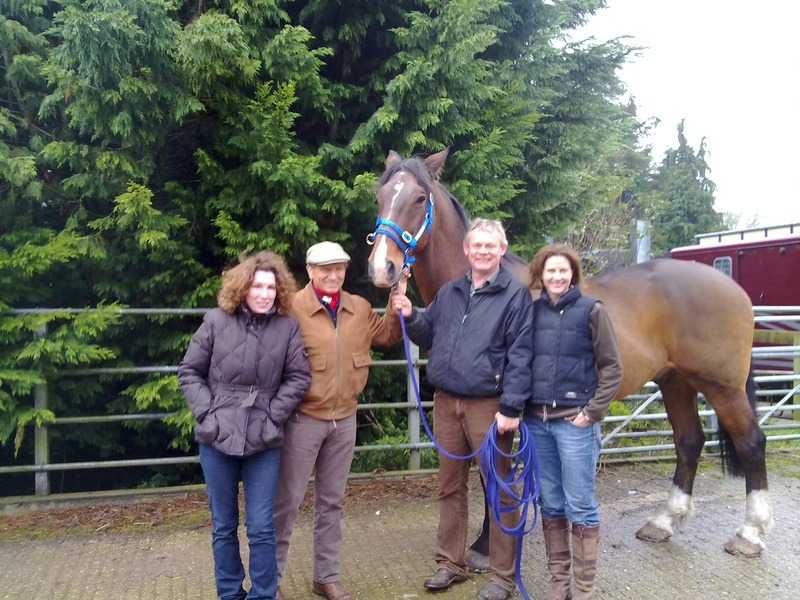
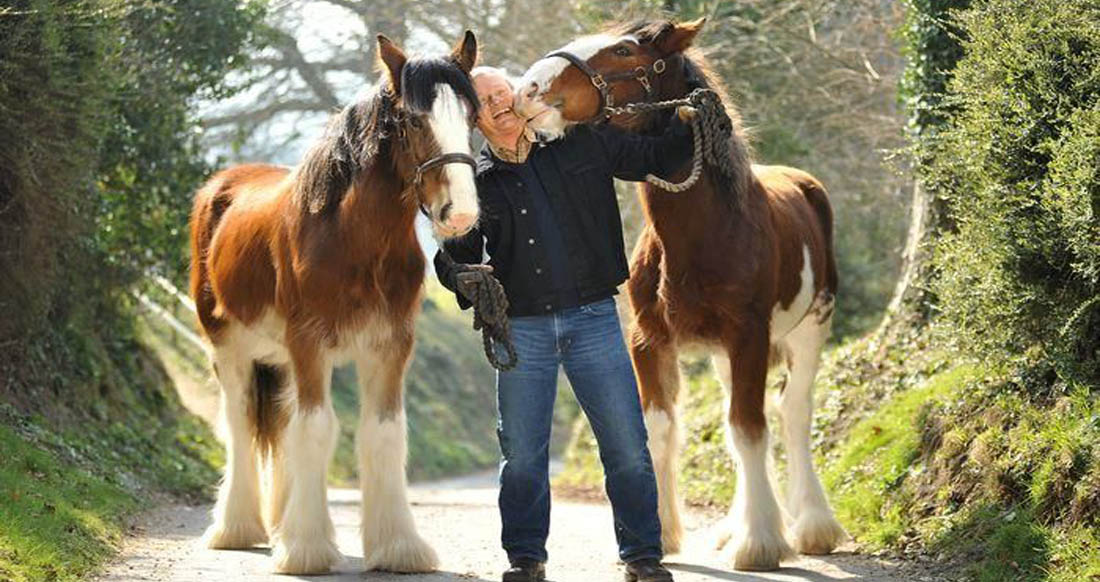


In 2010 Martin Clunes did a documentary show called horsepower where he explored how the horse is used in the different parts of the world past and present, from the ponies on the Mongolian steps to the Arabian horses of the desert, through to the royal horses of Buckingham Palace.

Today, the horse is still so much a part of our world, in so many ways. On this journey, Martin unravels the true story of how man and horse first got together, what the horse has done for us through the ages, and what the horse still means to us today.
Martin Clunes Shows Off His Unruly Horses
 Martin Clunes at HOYS
Martin Clunes at HOYSOn this journey, Martin wants to find out how this animal became so important to us. How did we manage to tame such a huge, nervous prey animal and make it both our servant and our friend?
At home on his farm in Dorset Martin rides his own horse Chester and introduces his equine family: his wife`s horse Bea, his daughter’s pony Saracen and their miniature Shetland ponies Hamish, Hector, Jake and Jemima.
To find out what makes horses tick Martin flies to Dubai, to the grand opening of the £1.7 billion Meydan racecourse, designed to attract the world`s biggest names in horse racing. He meets champion jockey Frankie Dettori and top trainer Luca Cumani, for a fascinating insight into horse psychology. He learns how we`ve harnessed their ancient fear instincts.
Martin heads further east to the heart of Mongolia, to discover the wild evolutionary roots of the horse. He tracks down the only remaining horse breed that has never been tamed by man: the Przewalski horse, known in Mongolia as the Takhi. The Takhi is now an endangered species with only 250 left in the world.
From a helicopter Martin sees the Takhi in their natural habitat: the open grassland steppes. The horse’s ancestors were once tiny 3-toed forest dwellers, but as the planet’s grasslands flourished, the horse evolved to thrive off this landscape, and grew large so it could outrun predators.
With the help of Usko Dorj, chief biologist and conservationist at the spectacular Khustai National Park, Martin goes on foot for an intimate view of the prehistoric-looking Takhi.
On the walls of the Niaux Cave, hidden high in the Pyrenees mountains, Martin finds an extraordinary 14,000 year old record of how our relationship with horses began: long before we learnt to ride them, we ate them.
But how did the horse change from food to friend? Martin meets the famous horse whisperer Monty Roberts to learn how to improve his relationship with his own horse Chester, and understand how that mysterious bond allowed us to communicate with horses in the first place.
On a windswept beach in the south of France, Martin meets the extraordinary horse trainer, Jean Francois Pignon, who has taken that communication to the ultimate extreme. This man has a powerful gift of talking to horses. Without any saddle, bridle or tack of any sort he shows Martin the impressive range of stunts they will perform for him, and talks about how and why he is able to get horses to do this.
Martin also learns how the horse’s biology made it uniquely useful to us. Glasgow’s Weipers Centre for Equine Welfare is the biggest, most hi-tech horse hospital in Europe. As Martin attends a delicate operation on a seven month old foal with a leg fracture, he learns why this powerful, athletic animal is designed the way it is. After the operation Martin witnesses the poignant moment when the foal, encouraged by the sound of its mother, gets up for the first time on shaky little legs.
Yet the horse`s natural biology just wasn`t enough for us, and over centuries we’ve bred a huge range of shapes and sizes, from pit pony to draft horse. In the desert sands of the Gulf, Martin meets the Bedouin, who developed one of the world’s most ancient horse breeds: the Arabian. Martin rides through the desert, then learns how Arabian horses were originally bred for war. The Bedouin wanted a steed that was light and fast to be effective in battle skirmishes. The animal they created became so prized, Arabian blood can be found in most of the fastest racing breeds that exist today.
Martin also discovers that horses can help humans because of their unique communication skills. They are said to be so sensitive they are like a mirror to the human soul. He flies to Arizona to visit a rehab clinic where they are using equine assisted therapy on patients being treated for a range of problems from alcoholism to anorexia.
Martin agrees to try the therapy with a horse called Divo, who begins the session by displaying complete indifference to Martin, but ends by bonding with him. Martin chokes back tears as he admits the session was really therapeutic and that Divo has taught him a lesson about seeking approval.
Finally Martin joins Laura Lee, Nevada resident and lover of the wild American mustang. In a helicopter they fly over the high desert in midwinter, to catch a glimpse of the mustang herds running free in their natural habitat. This is the way all horses once lived, and although most horses today have thrown in their lot with us, this is one of the few places in the world where they live without our influence. Yet as Martin learns, the mustang`s freedom is threatened by man and its days may be numbered.














